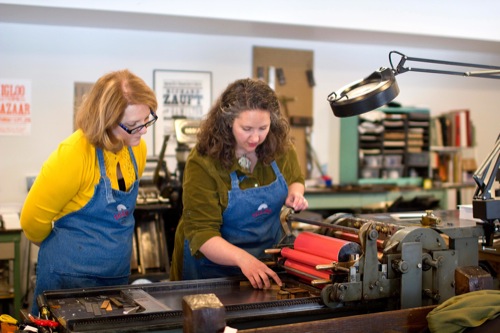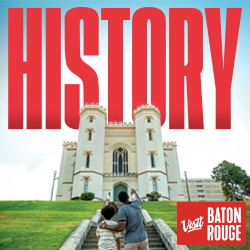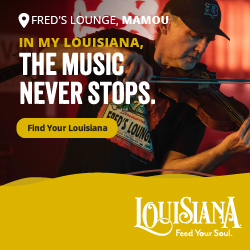 Courtesy Experience Columbus
Courtesy Experience Columbus
Columbus, Ohio, native George Bellows always had a talent for drawing, even at a young age.
“George wanted to be an artist,” said his Aunt Fanny. “He could draw from an early age. I liked the idea of George drawing. I was there to tuck him in at night. I taught him to whistle.”
Aunt Fanny, actually a docent at the Columbus Museum of Art, took me back to 1915 when Bellows was at the peak of his career and one of the best-known artists in the United States. The real Aunt Fanny lived with the Bellows family when George was young.
Aunt Fanny is part of the museum’s innovative Artist for a Day program for groups.
After meeting with Aunt Fanny, I was taken to the archives for a rare look at some of Bellows’ etchings and drawings, including some early sketches. “It’s an opportunity the average visitor doesn’t get to do,” said Ann, another volunteer.
Then it was upstairs to try my hand at duplicating Bellows’ work. Ann explained, however, that the brief and basic drawing lesson was really intended to get people to slow down and look more thoroughly and thoughtfully at art.
“We ask you to use drawing as a way to see art,” she said as I was handed a small easel, pad of paper and plastic bag with pencils and an art gum eraser. “We are not teaching you how to draw, but a new way to experience art.”
Sitting on a small portable stool, I practiced drawing the motion in a contemporary sculpture made up of dozens of oblong glass pieces. Then I focused on its lines. Finally, moving to a gallery filled with Bellows’ work — the Columbus museum has the largest repository of his work in the world — I took a stab at copying one of his paintings.
I found myself really focusing on the details in the painting, a wintery 19th-century scene of a tugboat on the East River in New York with workers removing snow in horse-drawn sleds from the riverbanks in the foreground. Nobody is going to confuse me with Bellows or Picasso, but I did come away from the experience with a heightened appreciation of the intricacies of art.
Hands-on focus
The museum was part of a four-day press trip for magazine writers hosted by the local convention and visitors bureau to showcase some of the many creative experiential opportunities the bureau has developed for groups. The CVB is so dedicated to experiential group trips that it has changed its name to Experience Columbus.
Columbus bought into the idea of getting groups more involved in their visits as a way to attract baby boomers. “They aren’t ready to go look at a museum without something to go with it,” said Alissa Preston, tourism sales manager for Experience Columbus. “They want to do more than their parents.”
The CVB worked with tourism consultant Joe Veneto to develop a program of experiences with partners in the local tourism industry that would be specially designed for groups.
“We rolled out our first set of experiences in the spring of 2007. We are now up to more than 60 experiences with 20 partners,” said Preston.
“Whether it is a take-home item each person receives or just a behind-the-scenes tour that nobody else gets to see, they have a story to tell when they go home.”










